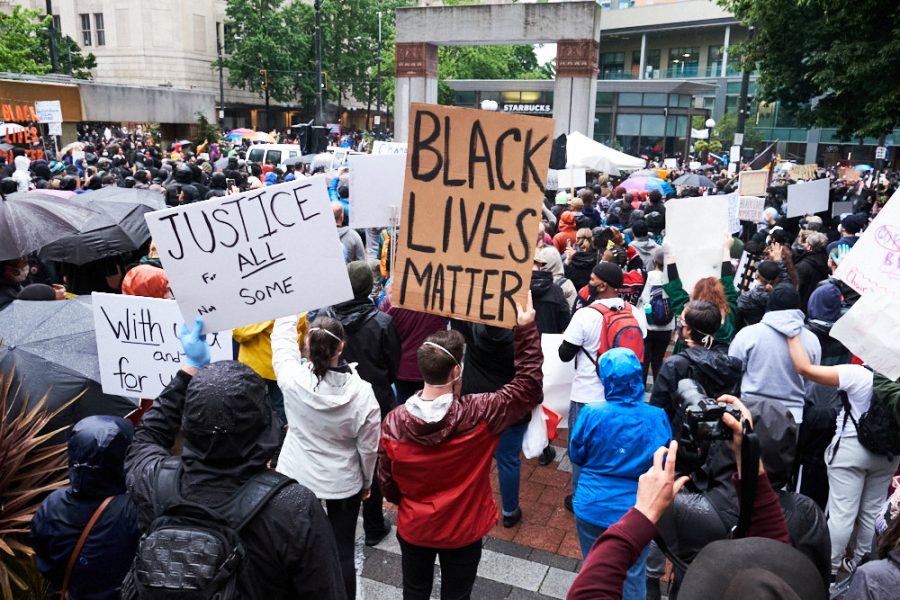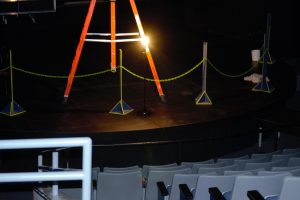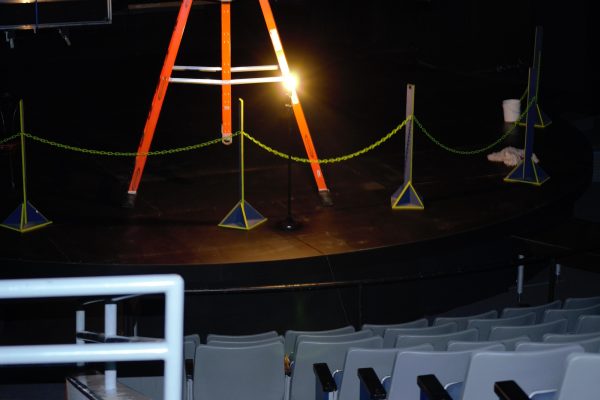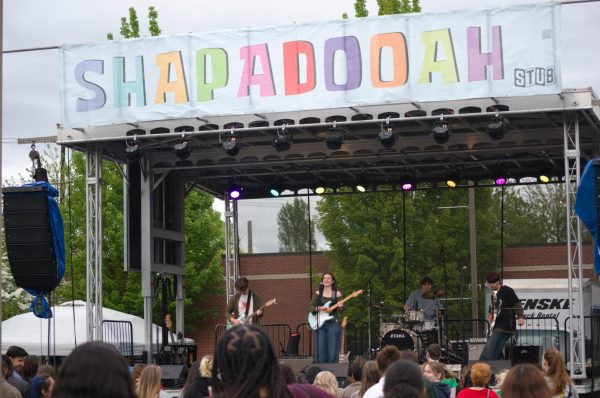When peaceful protests become violent, SPU students’ perspective
Seattleite protestors march for black lives lost to police brutality
June 4, 2020
Crowds took over the streets of downtown Seattle, wearing masks and carrying signs with “We’re done forgiving” and “I can’t breathe” written on them Saturday, May 31. The protest, organized by Not This Time!, a group dedicated to ending police brutality, was in response to the murders of George Floyd, Breonna Taylor, Ahmaud Arbery and numerous black lives taken by police.

The skies were dark, as it rained all morning and into the afternoon, matching the heaviness of the day ahead. The protesters continued on, making their cries heard from under raincoats, umbrellas and masks.
“I remember my friends in the car saying how the pouring rain was really fitting; it was a heavy day, it was a heavy time. The sky was weary, we were weary,” Sarah Moore, an Seattle Pacific University junior that attended the protest, said through email.
Senior sociology major Julie Cantero-Valente recalls much of her time at the protest being peaceful, feeling empowered as she marched, though the crowd first had to wait 30 minutes before marching due to police trying to prevent them from doing so by blocking off the streets.
“Once we were able to march, it felt really powerful to be in a group of people who are seeking justice,” Cantero-Valente said in an in-person interview.
“We were walking down the street and there were cars who would be honking that would be like ‘We support you! We’re with you!’ We ended up getting on I-5 freeway and walking toward traffic.”
Moore recalls the peaceful moments as she and other protesters marched together, focusing on their calls for justice to be heard.
“We walked in this incredible, unifying line for an hour to an hour and a half – maybe almost two,” Moore recalled.
“From that point on, I didn’t even see the police; in my eyes, my line of sight, it was just me and all the courageous, passionate, beautiful, angry, hurting, loyal people.”
Sophomore Kilee Jones, another SPU student who attended the protest, watched the protest move from peaceful to violent right in front of her as she stood face to face with the police.
“Before attending the protest, I wanted to prepare myself, but nothing I did prepared me for the amount of tear gas, pepper spray and violence used by the police force,” Jones said over text message.
The police stopped protesters at Westlake Center and, after a few minutes, the peaceful protest turned violent. Smoke, tear gas and pepper spray filled the air. Crowds began to push and grow. The chanting of “George Floyd” and “Black Lives Matter” continued, and police moved in.

“Within the first few minutes after being held there, as everyone was peacefully protesting, the police threw a flash grenade and sprayed pepper spray into the crowd,” Jones said.
Photos of the police car on fire outside of the Nordstrom, and videos of tear gas canisters being thrown into the crowds and people pouring milk down their faces to rid the sting from the mace were posted across social media.
“My group kept running, but we stayed down just enough blocks to be able to hear much more tear gas explosions,” Moore said.
“Maybe half an hour later, running down another block, I could see a police car was on fire. Afterward, from friends who had gotten separated from us, some recounted the tear-gas they got in their eyes.”
Cantero-Valente and those she went with avoided the violence until they got a call from a friend’s mom about it, and soon witnessed the protest turn from peaceful to violent.
“But then, we saw a line of police officers walking toward the protesters. It was really intimidating,” Cantero-Valente recalled. “Then all of a sudden we could see tear gas being thrown and hear the explosion of it. People started to run in the opposite direction. It was honestly terrifying because it sounds like gunshots.”

Even as violence broke out, the protesters rallied and cared for each other, passing out masks and water, flushing pepper spray out of each other’s eyes and holding hands, according to Jones.
Moore echoed this sentiment, discussing the mutual feelings of togetherness among protestors. Those who marched together were there for their cries of justice to be heard.
“There was such a solidarity, and a sadness: a deep, true mourning for what was going on. This wasn’t just any march, this wasn’t just any protest,” Moore said.
At around 4:45 p.m., police announced an emergency alert for a 5:00 p.m. curfew, giving protestors just a few minutes to move out of downtown. As protest continued in the following days, Seattle Mayor Jenny Durkan imposed a curfew for 5 p.m. on Sunday, 6 p.m. on Monday and 9 p.m. on Tuesday.
“This was for our people: this was for human lives taken too soon, targeted, singled-out, discriminated against, harshly abused, falsely accused – this was for a community that deserved so, so, so much more,” Moore said.

























































































